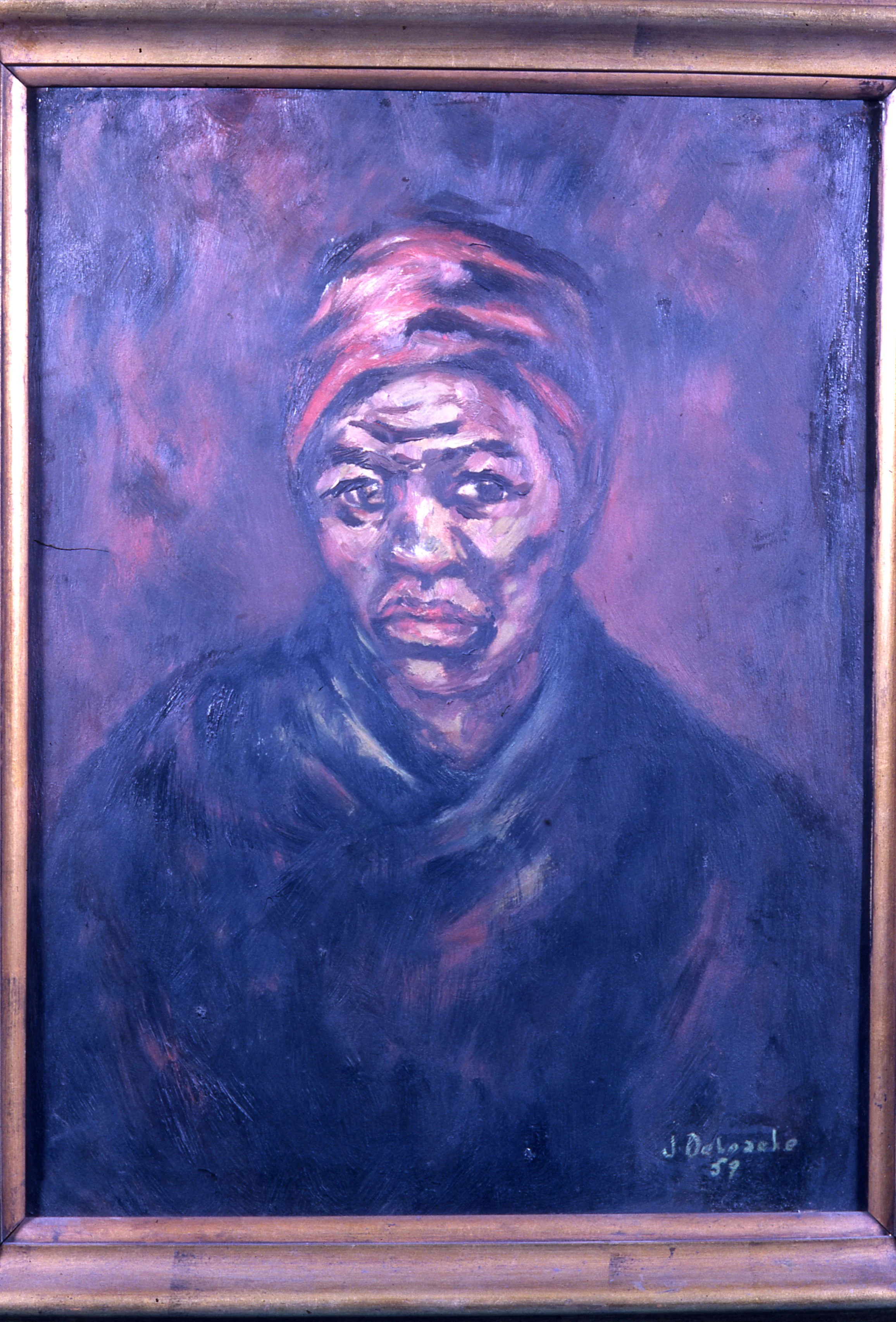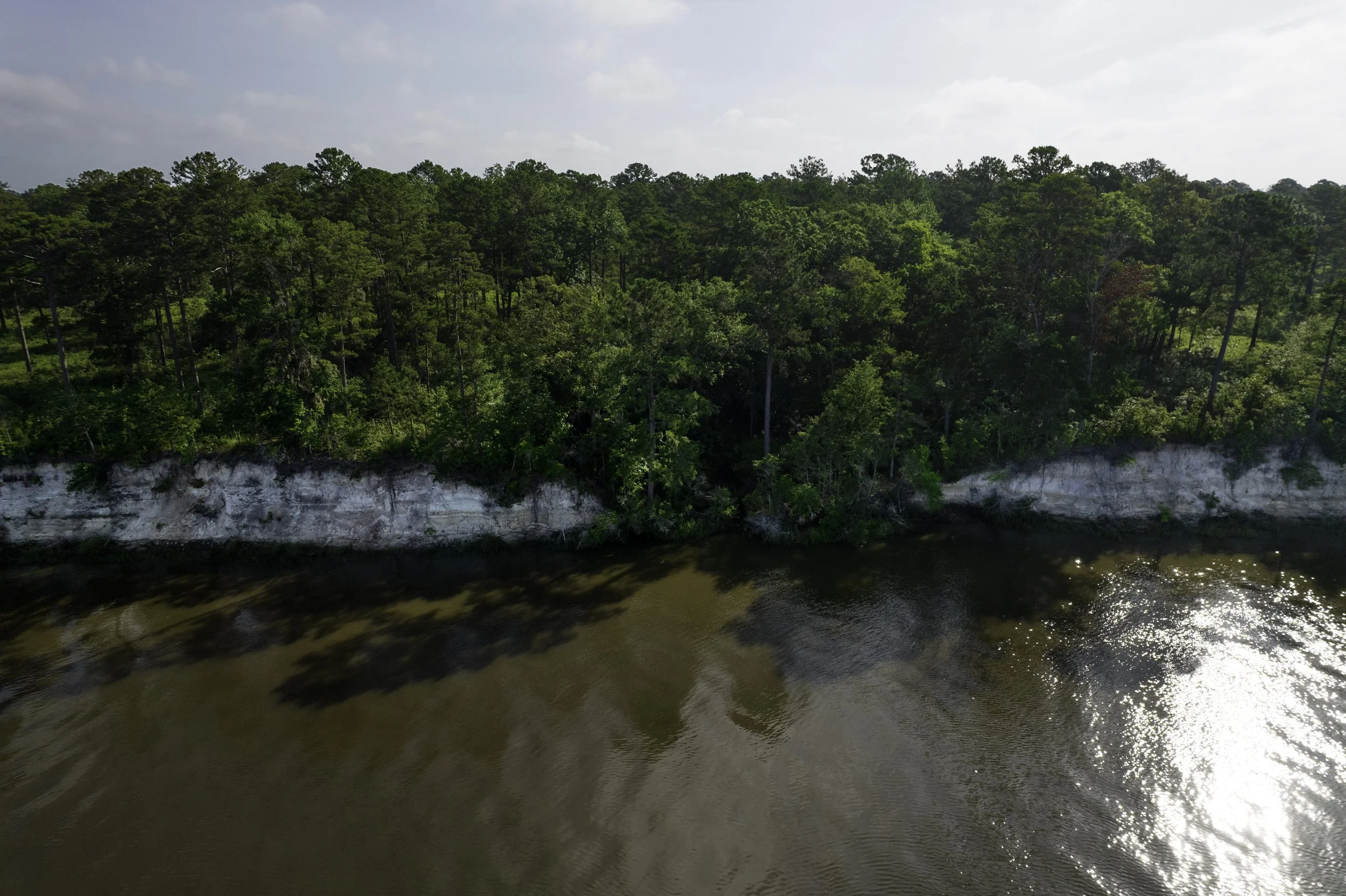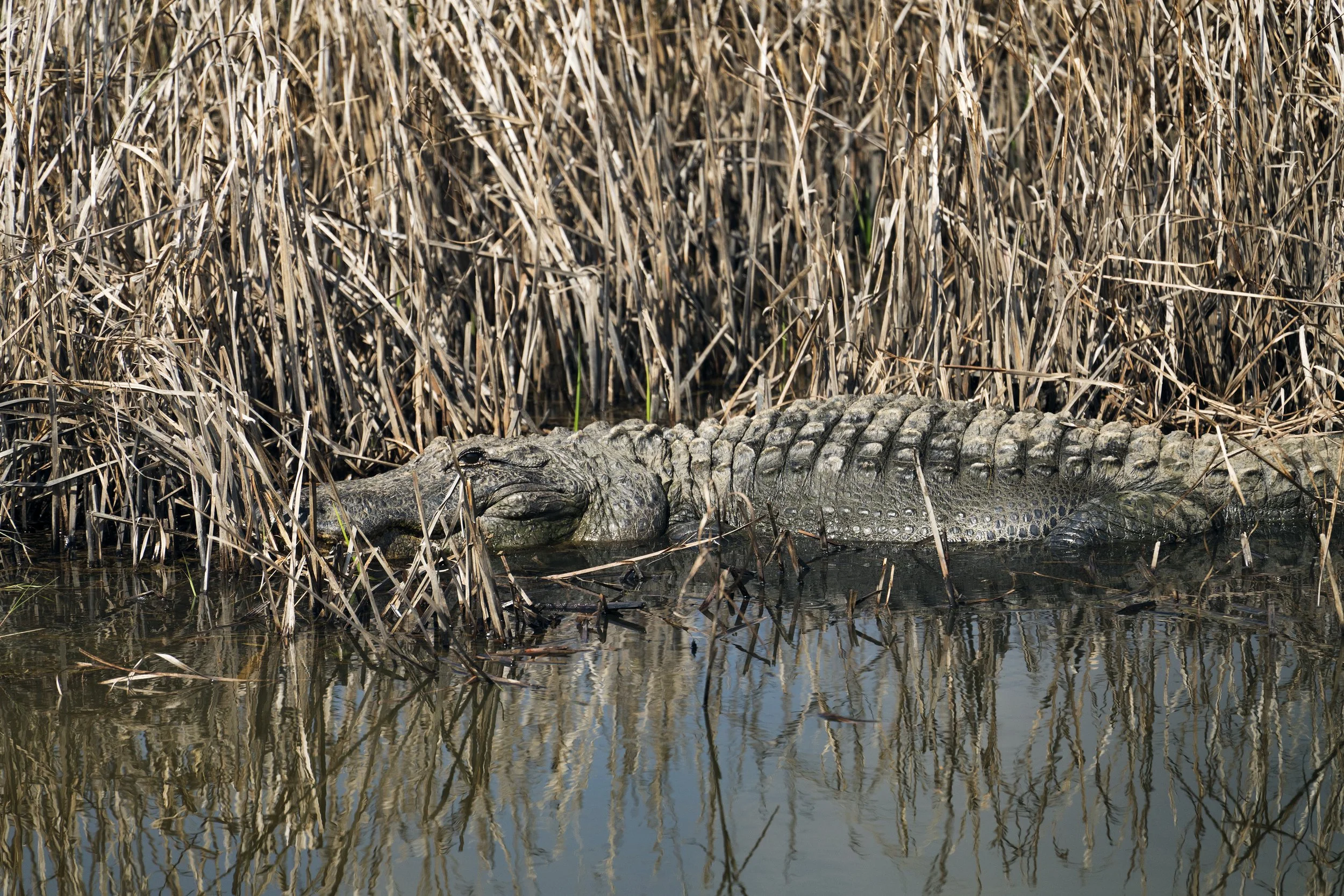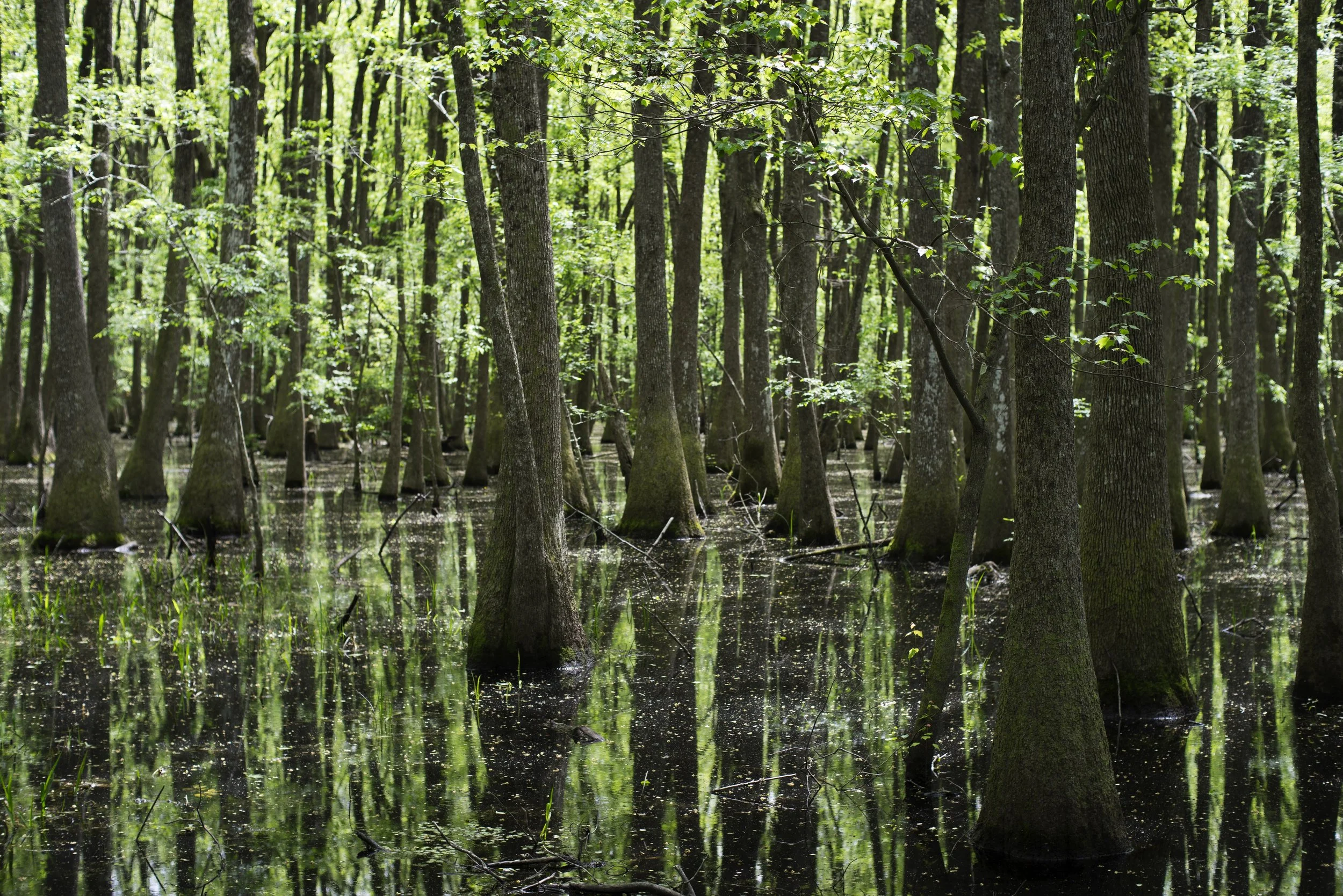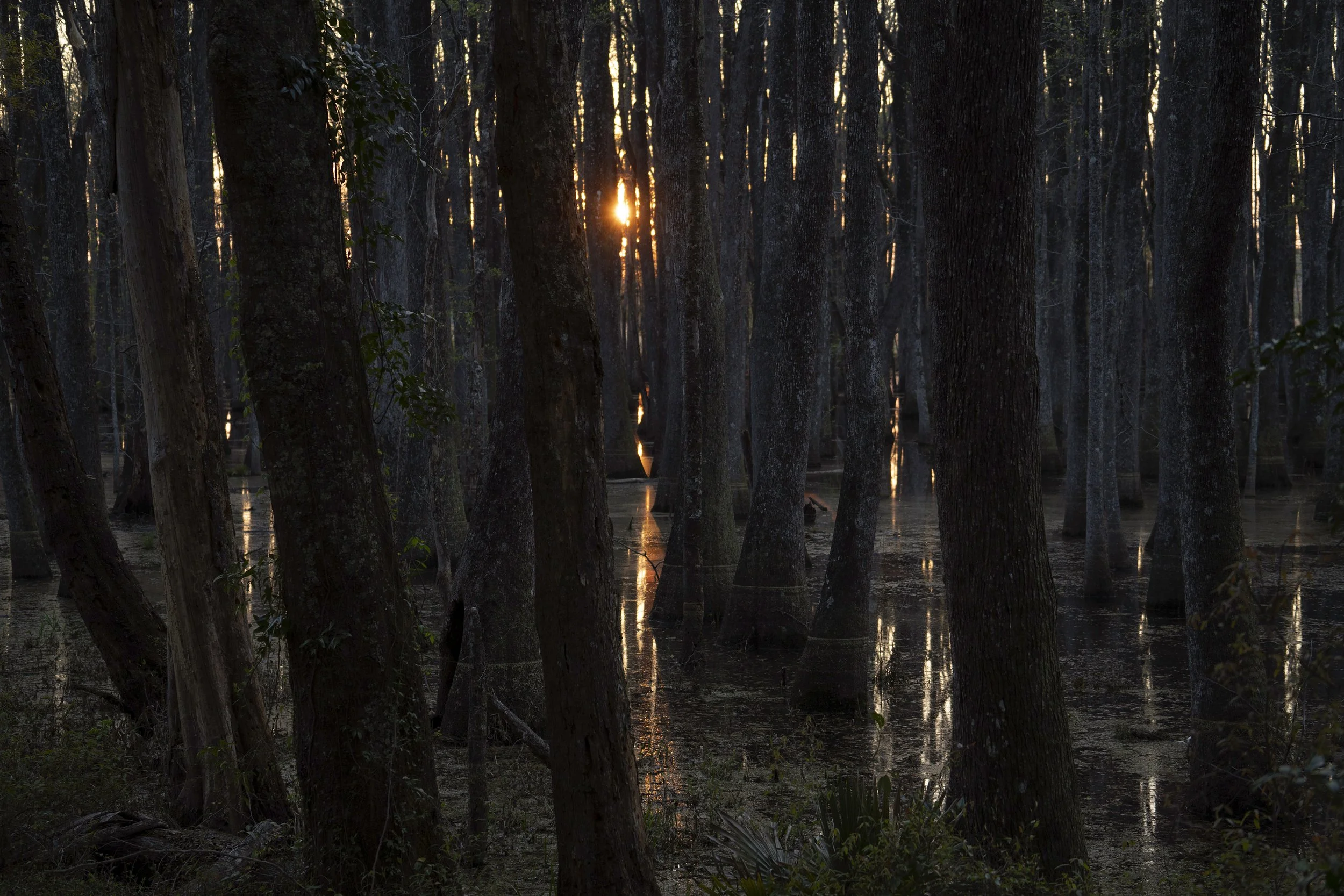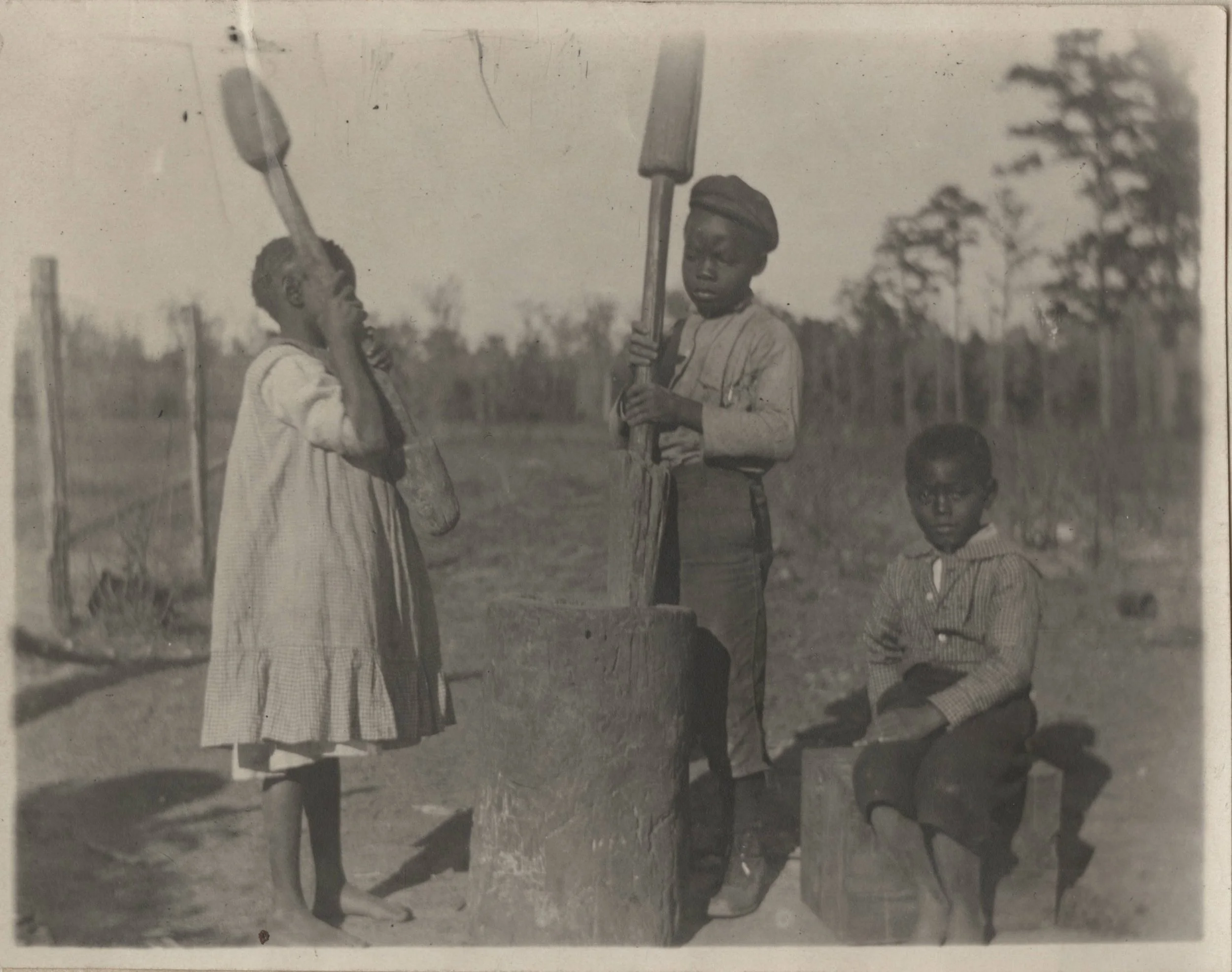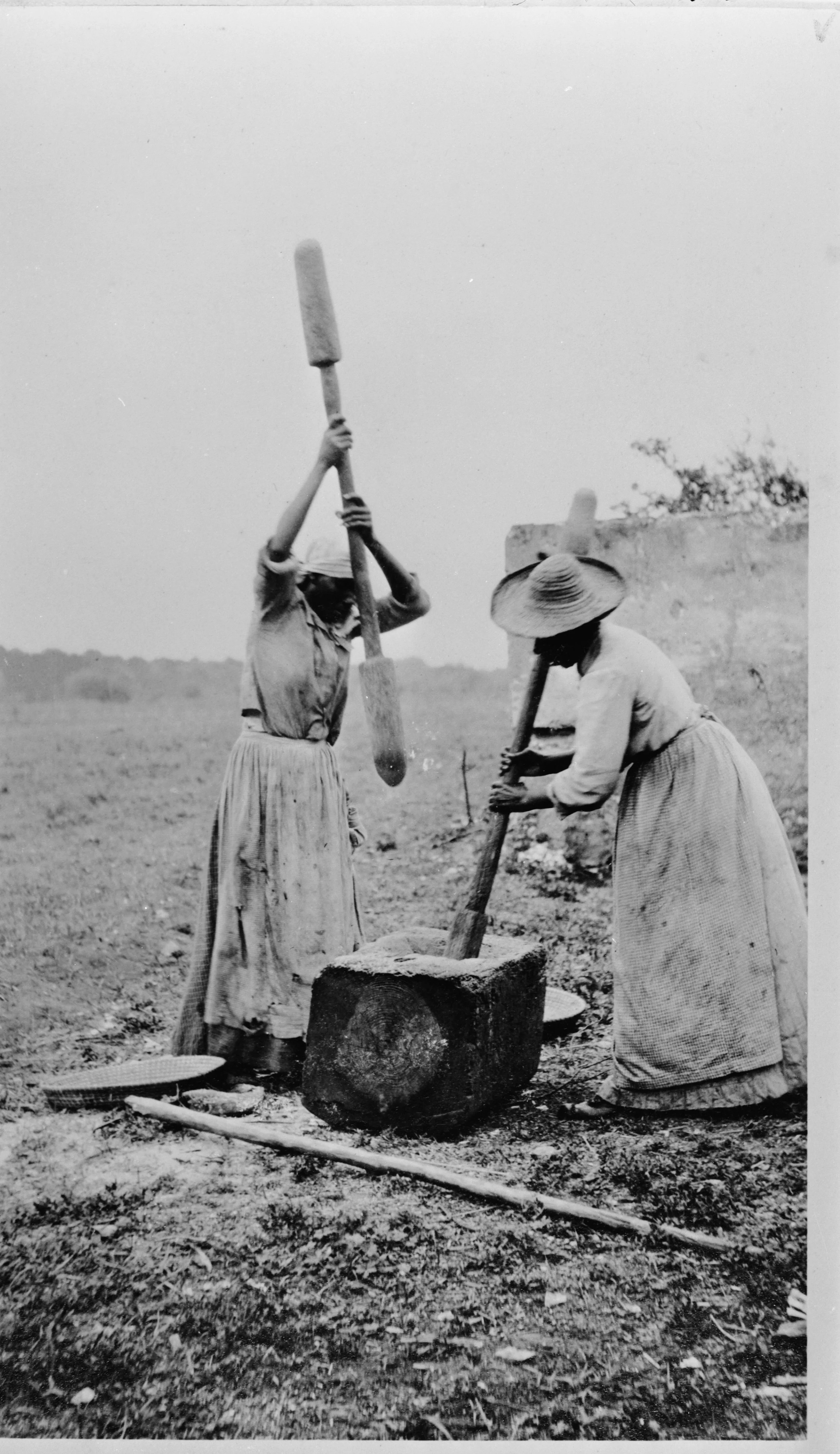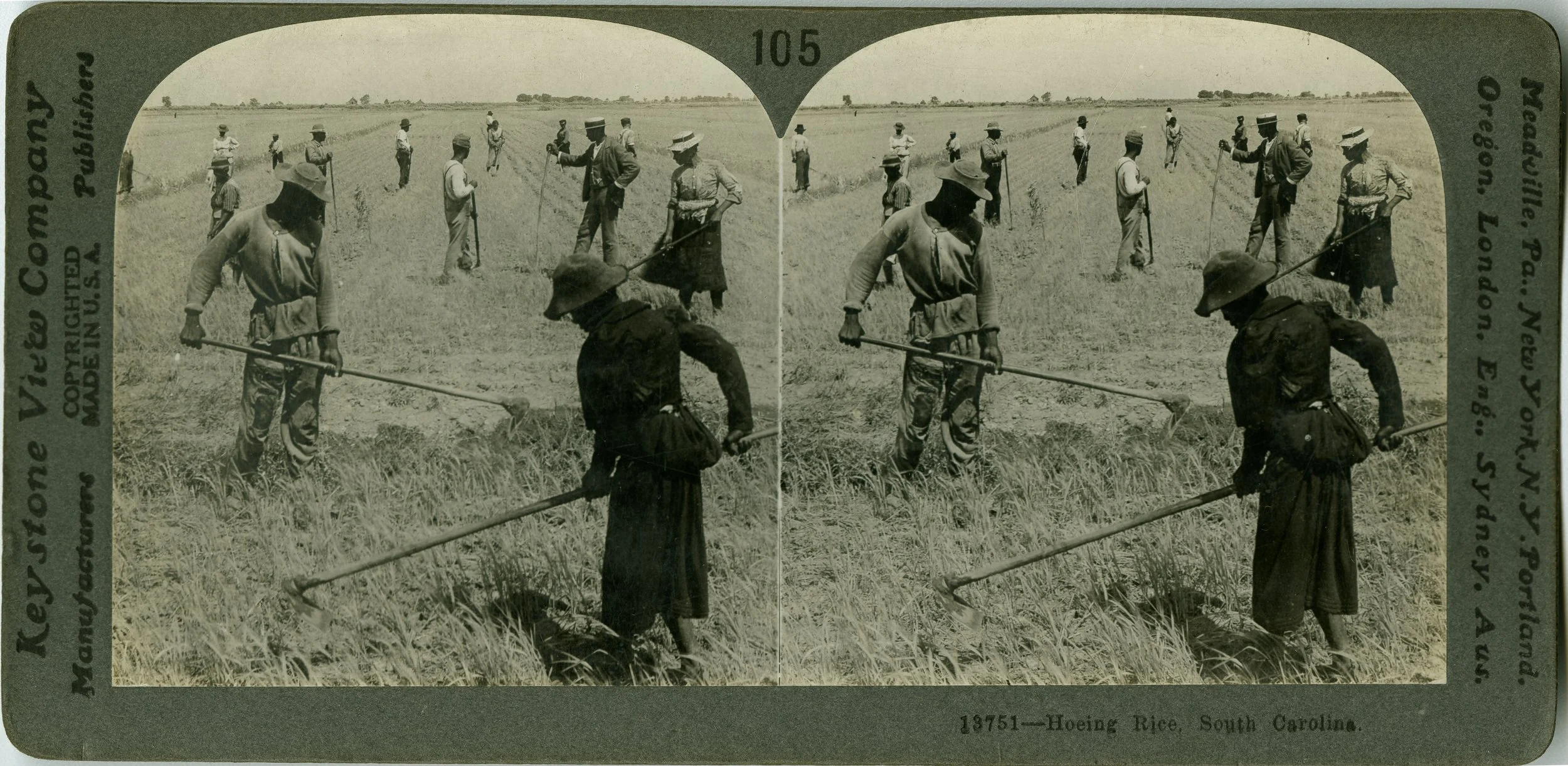Picturing Freedom: Unveiling Harriet Tubman's Bold Military Leadership
The Gibbes Museum of Art, a cornerstone of Southern art since 1858, is set to premiere a groundbreaking exhibition, Picturing Freedom: Harriet Tubman and the Combahee River Raid, running from May 23rd through October 5th. This powerful multimedia experience draws inspiration from Dr. Edda L. Fields-Black's Pulitzer Prize-winning book, Combee: Harriet Tubman, the Combahee River Raid, and Black Freedom during the Civil War, a work that has illuminated a crucial yet often overlooked chapter in American history.
The exhibition vividly recreates the daring events of June 1863, when Harriet Tubman orchestrated and led the Combahee River Raid. This pivotal operation resulted in the liberation of 756 enslaved individuals in a mere six hours – a number exceeding ten times the people she guided to freedom through the Underground Railroad over a decade. This remarkable feat was executed by one of the Union Army's earliest all-Black regiments.
Portrait of Harriet Tubman, 1959, by James DeLoache (American, b. 1926). Oil on canvas, 32 5/8 x 26 inches. Collection of the Hampton University Museum, Hampton, VA.
Guest curated by Dr. Vanessa Thaxton-Ward, Director of Hampton University Museum, Picturing Freedom brings together an unprecedented collection of artworks from across the nation. The exhibition features significant pieces by renowned artists such as Jacob Lawrence, Faith Ringgold, and William H. Johnson, alongside compelling works by contemporary artists like Stephen Towns, Terry Plater, and Kevin Pullen. These paintings, sculptures, and mixed media pieces are thoughtfully juxtaposed with haunting photographs of the raid's landscape by J Henry Fair, immersive video and audio installations, historical documents, and poignant material objects.
Angela Mack, the President and CEO of the Gibbes Museum of Art, notes the profound danger faced by the freedom seekers, stating,
"The freedom seekers would have been tortured, some put to death, had they been caught."
This landmark exhibition marks the culmination of Mack's distinguished 44-year career at the Gibbes.
photographed by J Henry Fair
J Henry Fair's photography offers a visceral connection to the perilous environment of the tidal rice swamps, highlighting the deadly risks faced by those fleeing to freedom. "While Fair’s work usually focuses on the environment, this exhibition marks a new turn for his photography ‒ linking together his images of nature with the ordeals of enslaved people, and the untold history of Harriet Tubman’s military service," explains Mack.
Fierce - The Triumph of Harriet Tubman, by Lori Kiplinger Pandy (American). Bronze, 15 ¼ x 10 x 7 ½ inches. Courtesy of Tubman African American Museum, Macon, Georgia.
Despite her pivotal role in this large-scale act of self-emancipation, Tubman's leadership in the Combahee River Raid has often been absent from mainstream narratives. The exhibition underscores how the Union Army enlisted her to gather crucial intelligence within Confederate territory, leading a network of spies, scouts, and pilots in preparation for the raid on the vital rice plantations.
Tubman skillfully guided two regiments of Black U.S. Army soldiers, the Second South Carolina Volunteers, and their white commanders up the Combahee River in three gunboats. In a matter of hours, they liberated hundreds of people, many of whom spoke languages and possessed cultural traditions distinct from Tubman's own. The arrival of Tubman and the gunboats, signaled by the piercing sound of steam whistles, prompted a surge of enslaved people to rush towards their newfound liberty.
To remove the outer hull from the rice grain. Image from the South Caroliniana Library, University of South Carolina, Columbia, S.C., Two women hulling rice, using a mortar and pestle in the African tradition, ca 1900. Image courtesy of Georgia Department of Archives and History., Hoeing Rice, South Carolina, ca 1904. Stereograph.Collection on Gene Waddell. Image courtesy of College of Charleston Libraries, Charleston, SC, USA.
Dr. Thaxton-Ward emphasizes the exhibition's aim to present a holistic view of Tubman's life and legacy. "I want this exhibition to show that Tubman was a whole person – she was more than the conductor of the Underground Railroad. She was a wife, she was a mother, she was a daughter," she explains. The exhibition also sheds light on the arduous lives of enslaved laborers in the rice fields, including the experiences of children, many of whom were forcibly brought to the region due to their ancestral knowledge of West African rice cultivation.
Dr. Fields-Black's extensive research has been instrumental in giving names and stories to these long-silenced individuals, ensuring their place in the historical record. Her immersive research process involved retracing the freedom fighters' journey through the night-lit terrain.
Post-war, many of those liberated returned to the same plantations, purchasing land and establishing families, laying the foundation for the vibrant Gullah Geechee culture, language, and identity – a significant part of Harriet Tubman's enduring legacy. This distinct African diaspora, known as the Gullah Geechee Nation, reveals genetic links to regions in Central West Africa, Senegal, Ivory Coast, Ghana, Sierra Leone, and the Bights of Benin & Biafra.
Tree Fantasy, 1951, by Merton D. Simpson (American, 1928 - 2013). Oil on Masonite, 21 3/4 x 17 7/8 inches. Museum purchase from State show. 1951.005.0006. Image courtesy of the Gibbes Museum of Art/Carolina Art Association., In Harriet Tubman I Helped Hundreds to Freedom, 1946 (reprinted in 1989), Elizabeth Catlett (American, 1915-2012). Linocut 18/20, 15 x 11 inches. Collection of the Hampton University Museum, Hampton, VA. © 2025 Mora-Catlett Family / Licensed by VAGA at Artists Rights Society (ARS), NY.,Three Freedom Fighters, ca. 1945, by William H. Johnson, (American, 1901-1970). Oil on paperboard, 41 ½ x 33 ⅜ inches. Collection of the Hampton University Museum, Hampton, VA.
The exhibition features a powerful video re-enactment of the raid, with South Carolina actor and Gullah culture advocate Ron Daise portraying one of the freed laborers. An audio component within the "Legacy" section allows visitors to hear the voices of descendants interviewed by Dr. Fields-Black and Fair, accessed via QR codes alongside their photographs. A significant material object on display is a large-scale West African mortar and pestle gifted to Dr. Fields-Black during her research in Africa.
Adding a contemporary layer to the exhibition is Kevin Pullen's artwork, "Can you break a Harriet," reflecting the ongoing efforts to honor Tubman on the U.S. $20 bill. Notably, on Veterans Day in 2024, Tubman was posthumously commissioned as a Brigadier General by the Maryland National Guard, recognizing her unprecedented leadership as the first woman in U.S. history to command an armed military operation during wartime.
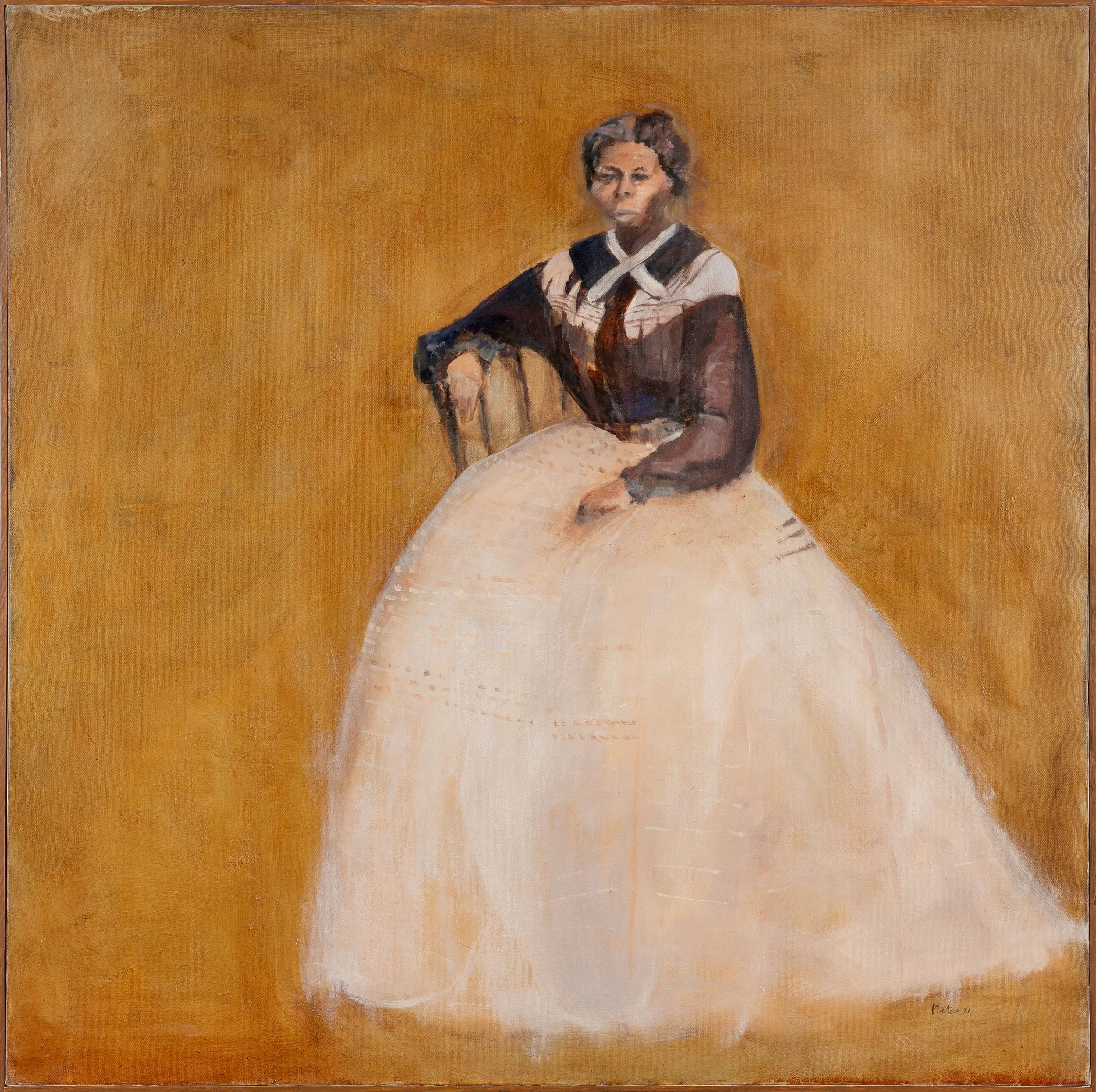
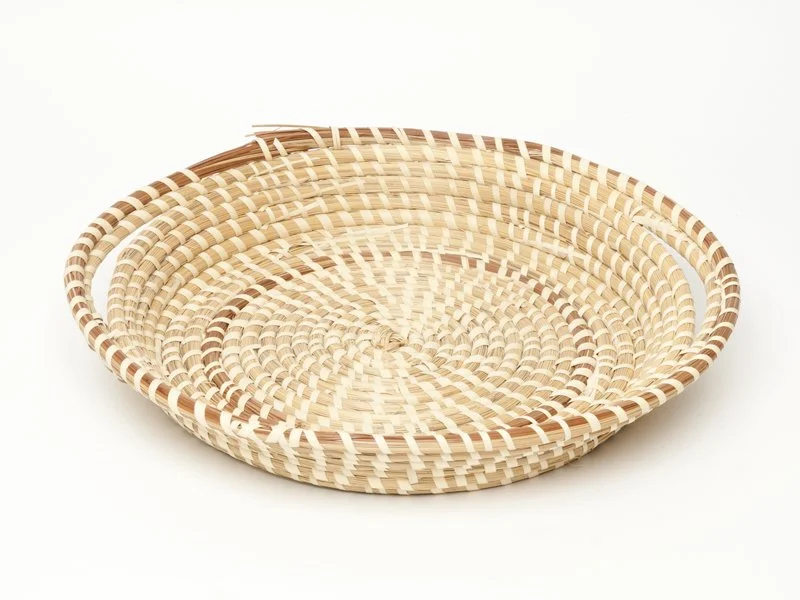

Picturing Freedom: Harriet Tubman and the Combahee River Raid promises to be a deeply moving and educational experience, offering a vital visual narrative to complement Dr. Fields-Black's groundbreaking historical work and further cementing Harriet Tubman's place as a transformative figure in the fight for liberation.
